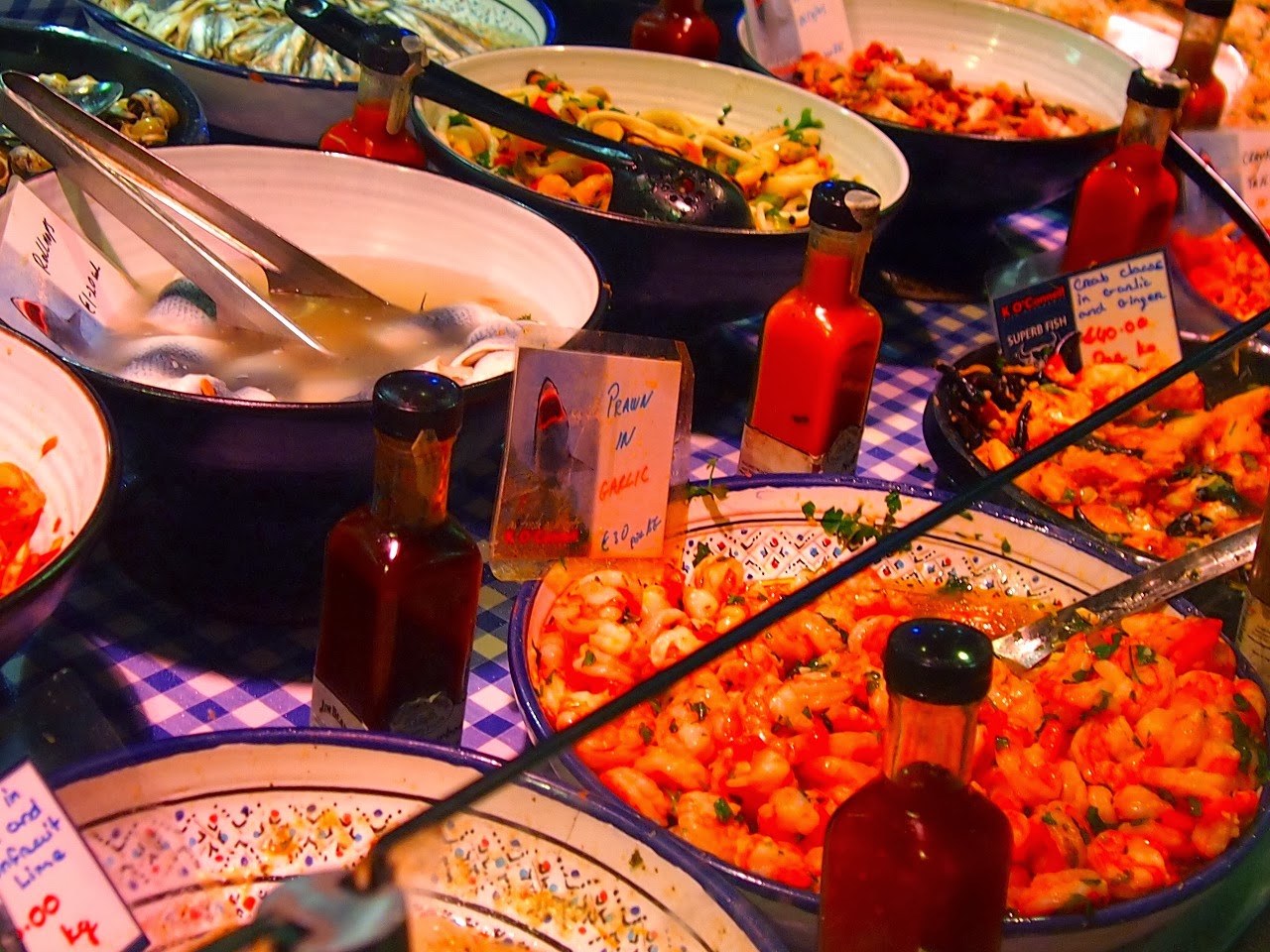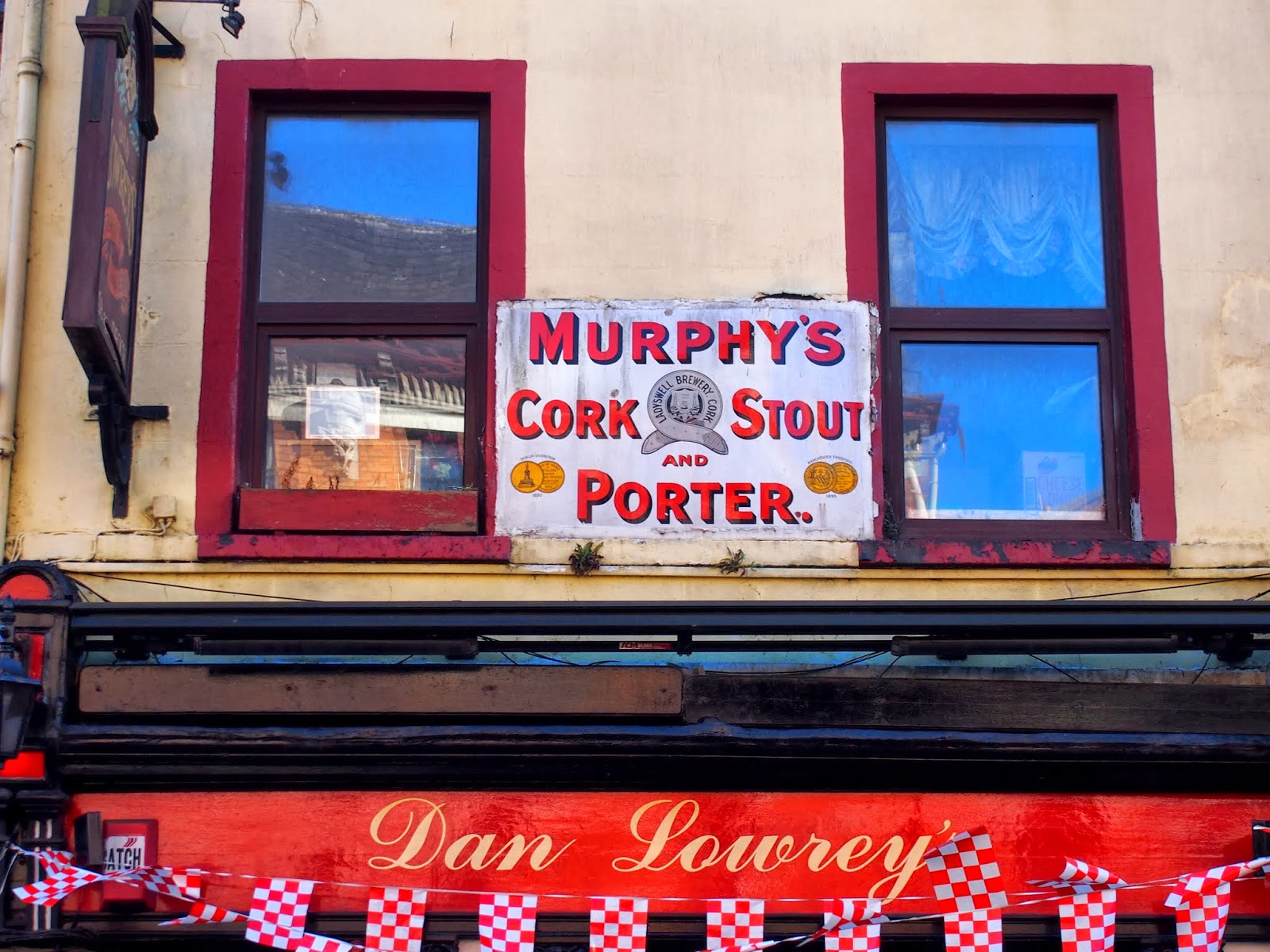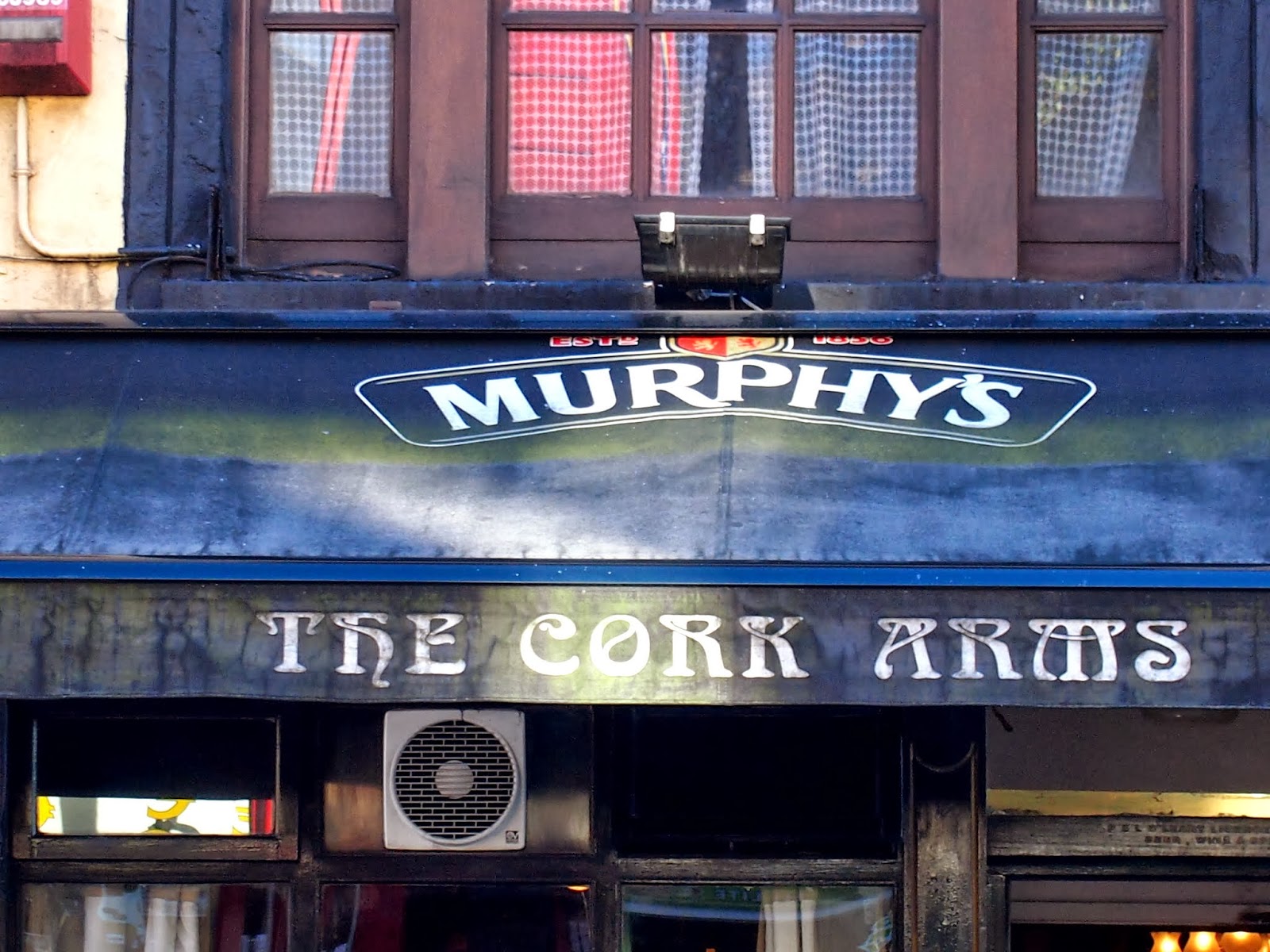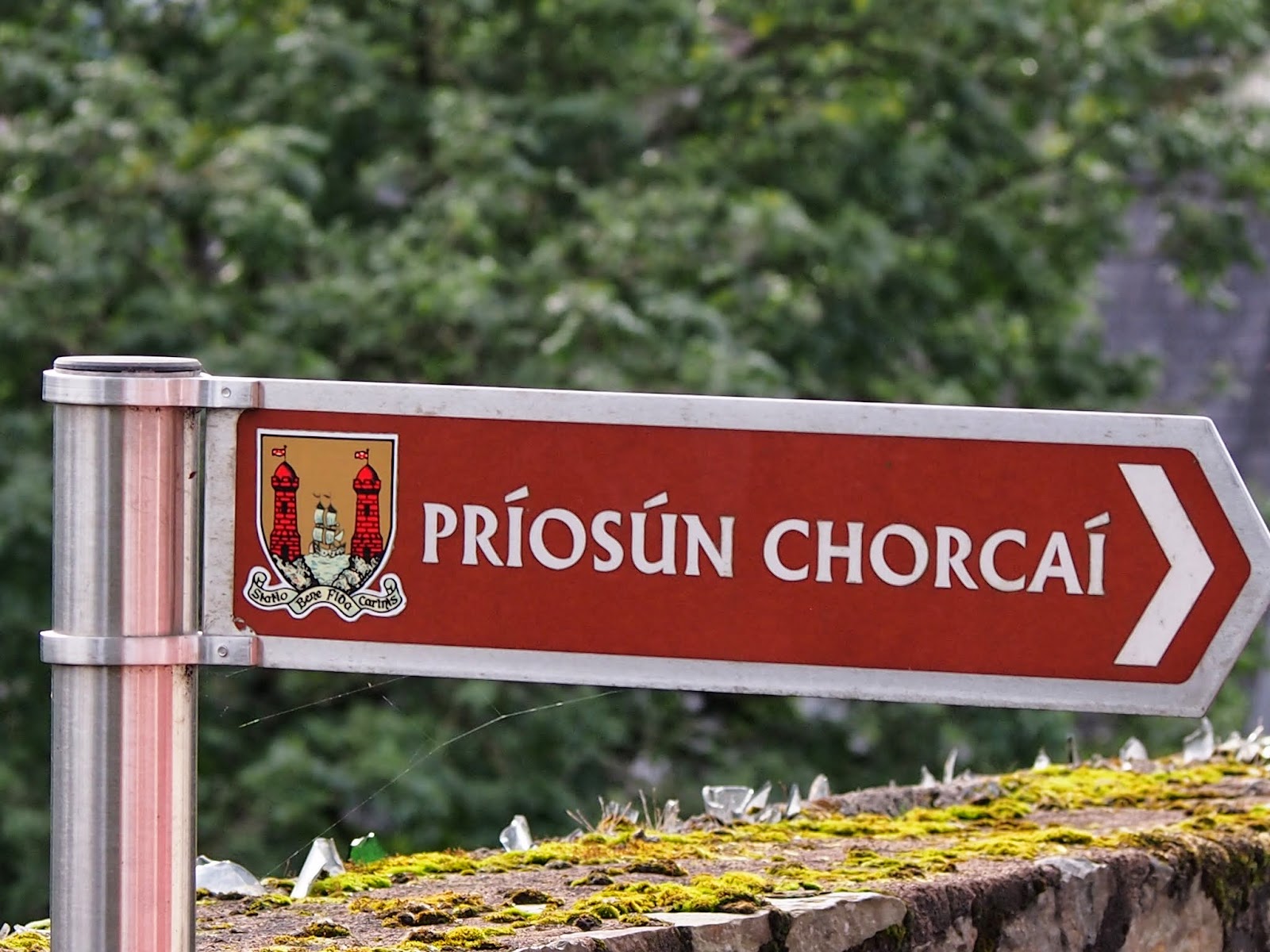Trace My Roots in County Cork
Many of you who are visiting County Cork in Ireland from overseas during The Gathering may wish to trace your roots in Cork and explore your family history to find out where exactly your ancestors came from.
There is a global Irish diaspora of 70 million. Are you one of them? Instead of waiting for you to find us, we’re inviting you back for The Gathering Ireland 2013. It might just be the perfect time to come and find out more about your forefathers and forge a deeper connection with our country. Cobh which is located in Cork harbour was the main embarkation point for millions of emigrants from Ireland to North America (Annie Moore from Cobh was the first person processed through Ellis Island in New York), Australia, The UK and many other destinations which soon became their home.
Area 1 Grand Parade
Grand Parade was originally a channel of the River Lee. The original Hiberno-Norse settlement of Cork grew up on its west bank.
The river channel existed until at least 1690, when it is shown on a map of Cork. At this time, the east bank was still largely undeveloped, with only a bowling green shown in the area.
By 1726, buildings had developed on the east bank, but the river channel remained in place. In a 1774 map, the northern portion of the street between Oliver Plunkett Street and Daunt Square had been reclaimed, but the southern portion was still a dock. Finally, by 1801, the river channel had completely disappeared and the street was fully present.
Area 2 St.Patricks Street
St Patrick's
Street (Irish: Sráid Naomh Pádraig) is the main shopping street of the
city of Cork in the south of Ireland. Since its redevelopment in 2004,
it has twice won the award as Ireland's best shopping street.
St Patrick's Street
runs in a curve from Saint Patrick's Quay to Daunt Square, where it meets Grand
Parade. The street obtains its curved shape due to its location over an arm of
the River Lee. It is home to a number of notable
retail outlets such as Brown Thomas, Dunnes Stores, Debenhams (formerly known as Roches Stores), Marks &
Spencer and Penneys.
A monument to Fr.
Theobald Matthew, the Apostle of Temperance, stands at the northern end of the
street facing St. Patrick's Bridge over the River Lee.
The street dates from
the late 18th Century as the city expanded beyond the walls of the ancient city
which was centered on North & South Main Street. During the 1780s many of
the streets that now form the city centre of Cork were formed by the spanning
of the river channels between the islands of the Lee.
Patrick Street is
affectionatly known to Corkonians as "Pana".
Parts of Patrick
Street were extensively damaged during the Irish War of Independence in an
event known as the "Burning of Cork".
Area 3 MacCurtain
Street
MacCurtain Street Cork previously called King Street was named after
Republican Lord Mayor Tomás Mac Curtain who was
assasinated by members of the Royal Irish Constabulary in March 1920.
Area 4 Port of Cork
The Port of Cork is the key seaport in the south of Ireland
and is one of only two Irish ports which service the requirements of all six
shipping modes i.e. Lift-on Lift-off, Roll-on Roll-off, Liquid Bulk, Dry Bulk,
Break Bulk and Cruise.
The port has made impressive strides in recent decades. Since 2000, the Port of Cork has invested €72 million in improving Port infrastructure and facilities. Due to its favourable location on the south coast of Ireland and its modern deepwater facilities, the Port of Cork is ideally positioned for additional European trading as well as for yet unexploited direct deep sea shipping services.
The port has made impressive strides in recent decades. Since 2000, the Port of Cork has invested €72 million in improving Port infrastructure and facilities. Due to its favourable location on the south coast of Ireland and its modern deepwater facilities, the Port of Cork is ideally positioned for additional European trading as well as for yet unexploited direct deep sea shipping services.
A well-developed road infrastructure eases the flow of
traffic from and to the port. The Port of Cork’s growing reputation for quality
service, including prompt and efficient vessel turnaround, ensures its position
as a vital link in the global supply chain.
Area5 St Patrick's Quay
Like most of the quays in Cork, St Patrick's Quay was constructed during the nineteenth century. The quays along the North Channel are generally founded on massed concrete. The quay walls are built from rubble masonry and faced with limestone behind timber pilings. James Beale, a Quaker merchant and owner of the famous Monard spade mills, had a retail premises on the quay in 1824. Between 1894 and 1896, over 365 metres (1,200 feet) of timber wharfage was added to St Patrick's Quay and Penrose Quay. At the time the photograph was taken in 1939, the premises on the quay included garages, public houses, offices of shipping agents, coal merchants' stores and the coal stores of the Metropole Hotel.
Area6 Shandon(Church of St Anne)
The Church of St Anne is
a Church of Ireland church located in the Shandon district of Cork city in Ireland.
It is situated a top a hill overlooking the River Lee,
and the church tower of is a noted landmark and symbol of the city. The church
bells were popularised in song in the 19th century, and remain a visitor
attraction.
Area7 Cork City Gaol
The old Cork City Gaol is located 2km from Cork City's main
thoroughfare, a 20 minute walk from Cork City Centre, this castle like prison, Cork
City Gaol, once housed
prisoners in the 19th century, often in wretched conditions. Wandering through
the impressive wings of Cork City Gaol, the atmosphere suggests you are accompanied
by the shuffling feet of inmates, each representing their particular period in
Irish history from pre-famine times to the foundation of the State. Along with
recounting Cork history, Cork City Gaol is also worth a visit to appreciate the
Georgian/Gothic architectural work which is Cork City Gaol.
Area8 UCC (University College Cork)
University
College Cork - National University of Ireland, Cork (UCC) (Irish: Coláiste na hOllscoile Corcaigh)
is a constituent university of the National University of Ireland. The
university is located in Cork.
The
university was founded in 1845 as one of three Queen’s Colleges located in Belfast, Cork, and Galway. It became University College,
Cork, under the Irish Universities Act of 1908. The Universities Act 1997
renamed the university as National University of Ireland, Cork, and a
Ministerial Order of 1998 renamed the university as University College Cork -
National University of Ireland, Cork, though it continues to be almost
universally known as University College Cork.
Area9 South Mall
South Mall , is one of the
main streets of Cork
city, Ireland. It runs from Grand Parade in the west to Parnell Place in the east. Like St. Patrick's Street it is built over what was once a channel of the River Lee.







































































































































